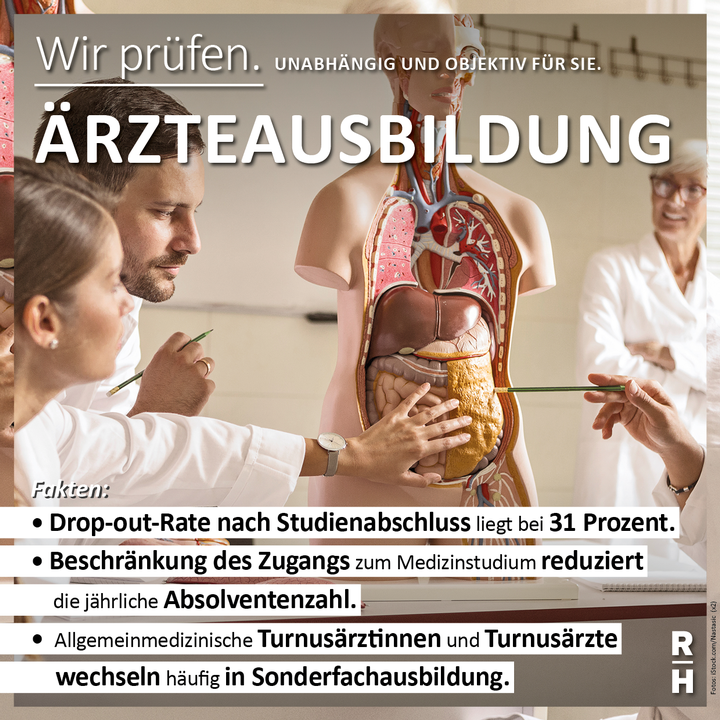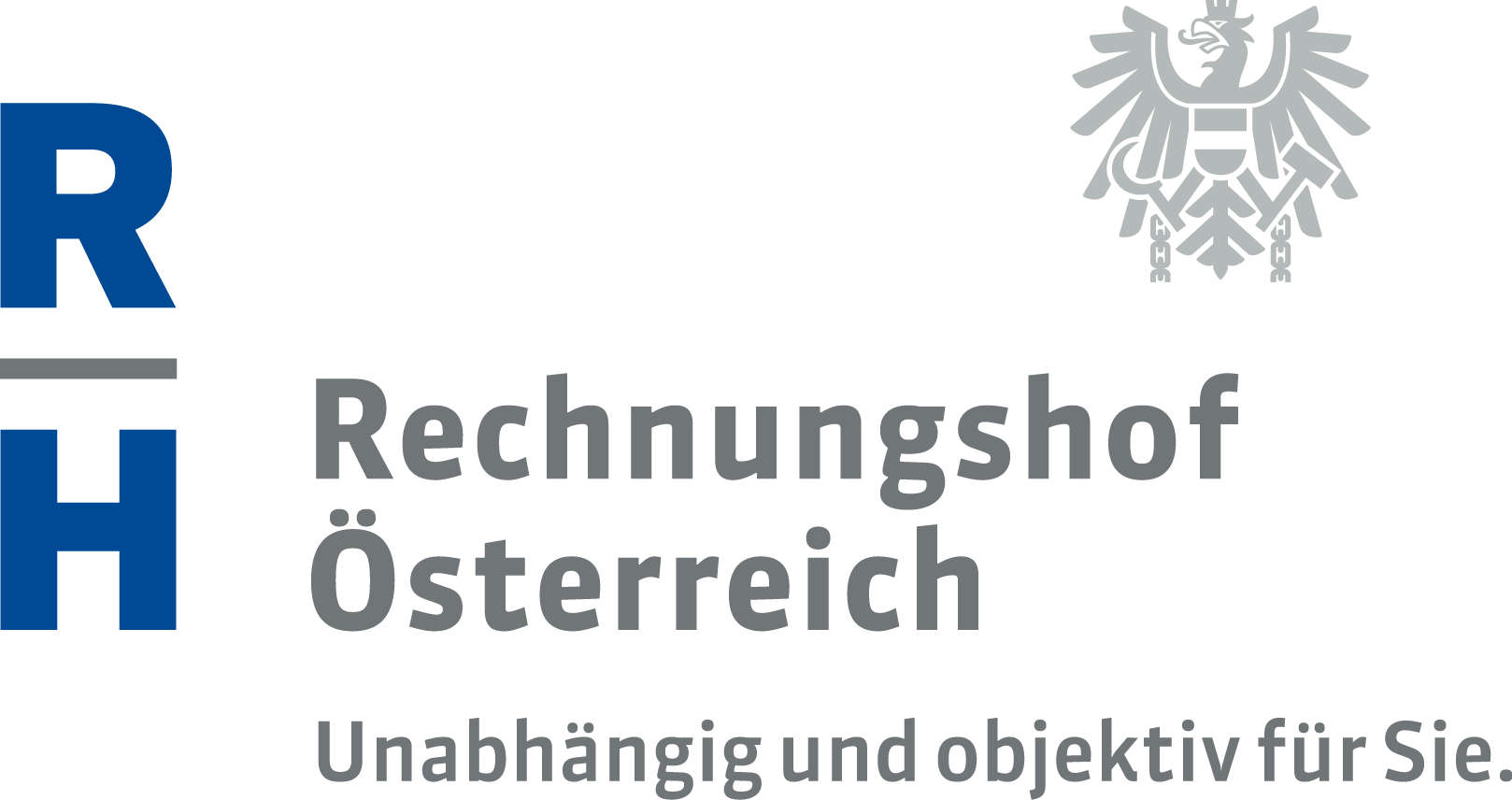Medical training: drop-out rate at more than 30 per cent after graduation

Based on a decision of the National Council, the Austrian Court of Audit (ACA) carried out an audit with regard to "Medical Training" and notes the following in its report published today: There is a marked difference between the number of medical graduates and the number of persons subsequently working in the medical profession. The auditors identified the choice of another profession or the pursuit of the medical profession outside Austria as some of the reasons for this difference. Against the backdrop of a drop-out rate of 31 per cent after graduation, the ACA recommends to the Federal Ministry of Health, the Federal Ministry for Economic Affairs and the medical universities of Graz and Vienna to take adequate measures to promote the pursuit of the medical profession by medical graduates in Austria.
The audited period essentially spanned the years from 2009 through 2019.
During the academic years 2008/09 to 2018/19, an average of only 79 per cent of medical graduates had themselves registered in the Austrian list of doctors. Furthermore, only 69 per cent of graduates were working in the medical profession at the time of the audit.
The auditors also note the following: The inflow of graduates from universities abroad could partly compensate for the fact that 31 per cent of graduates from Austrian universities were not available for medical care in Austria during the audited period. The ACA, however, points to the loss of medical potential amounting to 20 per cent – against the backdrop that Austria spends about up to EUR 542,000 per graduate.
The safeguarding of an adequate number of young doctors should be evaluated
The admission restrictions to medical studies in place at public medical universities since the academic year 2005/06 have started to affect the number of graduates from the academic year 2011/11 on: the number of graduates per year averaged 1,269 during the academic years 2011/12 to 2018/19 and was down by 19 per cent compared to the average of the academic years 2000/01 to 2010/11 (1,576).
The ACA recommends to the Federal Ministry of Health and the Federal Ministry for Economic Affairs to jointly evaluate with the medical universities the number of graduates of medical studies also with regard to safeguarding an adequate number of young doctors.
Foundation doctors often switch to a specialized medical training
From 2016 to 2020, the number of foundation doctors declined in all provinces, starting from 15 per cent in Burgenland up to 43 per cent in Carinthia and Salzburg.
The auditors looked at the career path of foundation doctors and found the following: From June 2015 to November 2016, overall 1,543 foundation doctors started a foundation programme, of which 730 (47 per cent) subsequently began their general medical training in hospitals – the share of women equalled 56 per cent. Of these 730 foundation doctors, 258 (35 per cent) received an independent general medical license by June 2020. Of the 258 general practitioners who had completed their training, 90 persons (35 per cent) continued with a specialized medical training.
The remaining 65 per cent (about 470 persons) who had not yet received their professional license switched to a special medical training already during their general medical training – in particular to special internal medicine, orthopaedics and traumatology as well as neurology.
The trend to switch to speciality training during or after general medical training is in conflict with the aim of the 2014/15 training reform to render general medical training more appealing.
Needs analysis for general medicine: estimates not very accurate
The retirements estimated by the medical training commission established the basis for the stipulation of how many general medicine training posts each province should provide.
The ACA highlights that the actual withdrawals from the list of doctors differed significantly from the estimates of the medical training commission for 2017 and 2018. For 2018, for example, the estimates for Vienna, Styria and Burgenland were by 621, 211 and 250 per cent higher, respectively, than the actual withdrawals.
Furthermore, the auditors point to the fact that other factors influencing demand, such as part-time work, new care models such as primary care units, opening hours, the need for medical services or demographic developments were not taken into account in this needs analysis.
- pdf Datei:
- 6,588.5 KB
- Umfang:
- 168 Seiten
Report: Medical Training (in German)
From November 2019 to September 2020, with a temporary suspension, the ACA carried out an audit on the medical training based on a request by the National Council. The audit was performed at the Federal Ministry of Health, the Federal Ministry of Education, Science and Research, the medical universities of Graz and Vienna and the Austrian Medical Chamber. The aim was to assess the legal, organizational, financial and staff-related measures in medical training and to evaluate the relating costs and implications. In accordance with the National Council’s decision, the focus was on the studies of human medicine and postgraduate medical training as well as on the independent general medical license – especially in the areas of general medicine, psychiatry (children, adolescents and adults) and paediatrics and adolescent medicine. The audited period essentially spanned the years from 2009 through 2019.


